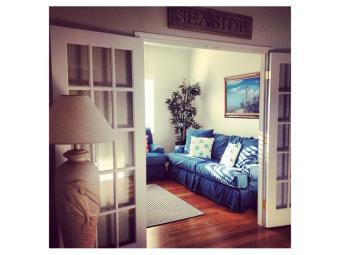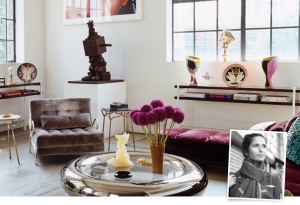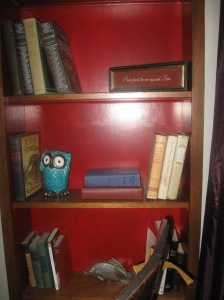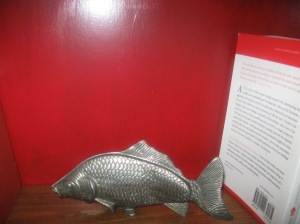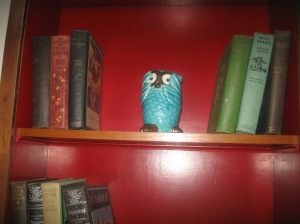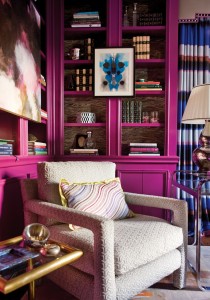The social media landscape is evolving more and more each year – presenting interior designers and home decorating pros with exciting new opportunities to connect with their customers. Today’s post will discuss a few key future mobile social media trends for interior designers to stay on top of. 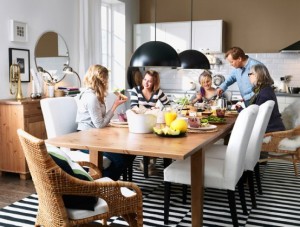
Keep an Eye on Mobile
From iPads to Kindle Fires, iPhones to Androids, consumers LOVE their mobile devices. In fact, 91% of all people world-wide own a mobile phone – with over half of those phones being Smart Phones. For interior designers, this presents some great opportunity. Not only can work easily now be shared on a tablet (rather than bringing full scale drawings to client meetings), but consumers can now be communicated with while they’re in the middle of their purchase process (while browsing a big box retail store, for example). Interior designers should be able to reach these mobile consumers through continued use of traditional social media tools, like Twitter, Facebook, and Pinterest. Designers should also keep an eye out for mobile social media developments such as WhatsApp, which allows users to send photos, messages, and videos to each other across Smart Phone platforms and without using SMS services.
Keep the Visual Content Coming
People seem most drawn to social media with visual content, like videos and photos. Sites like Instagram, SnapChat, and Pinterest are extremely popular with a large variety of age groups and all evidence points to the popularity of visual content to continue to grow. This is great news for interior designers – as home design is such a visual industry. Videos and photos give designers a chance to shine – to display their style and creativity. And it’s great, because at the same time, you’re giving customers the kind of content they want to view. So – Showing off awesome projects you’ve completed on Instagram and Pinterest, or posting a quick tour of a space you’re really proud of or inspired by on YouTube are going to continue to be fabulous ways to connect with prospective clients and to build your brand as a design expert. Making sure to add a visual element to your blog, Twitter, and Facebook posts will be key in social media marketing through 2014 and beyond.
Keep up the Engagement
Modern consumers expect authentic engagement from the brands they interact with via social media. This is especially true for interior designers who may be looking to connect with new clients through social media efforts. Always make sure to stay engaged with your audience. If a client tweets a shout out to you about a job well done, remember to re-tweet them and let them know how much fun it was working with them. If people are commenting and/or asking questions on your YouTube page, jump into the discussion. Like I mentioned, people want engagement – especially when it’s from someone they may work with on something as personal as designing their home. Keep your engagement strategy strong and your social media efforts will likely pay off for years to come.
What social media predictions to you have for the future? Leave a comment and share!
